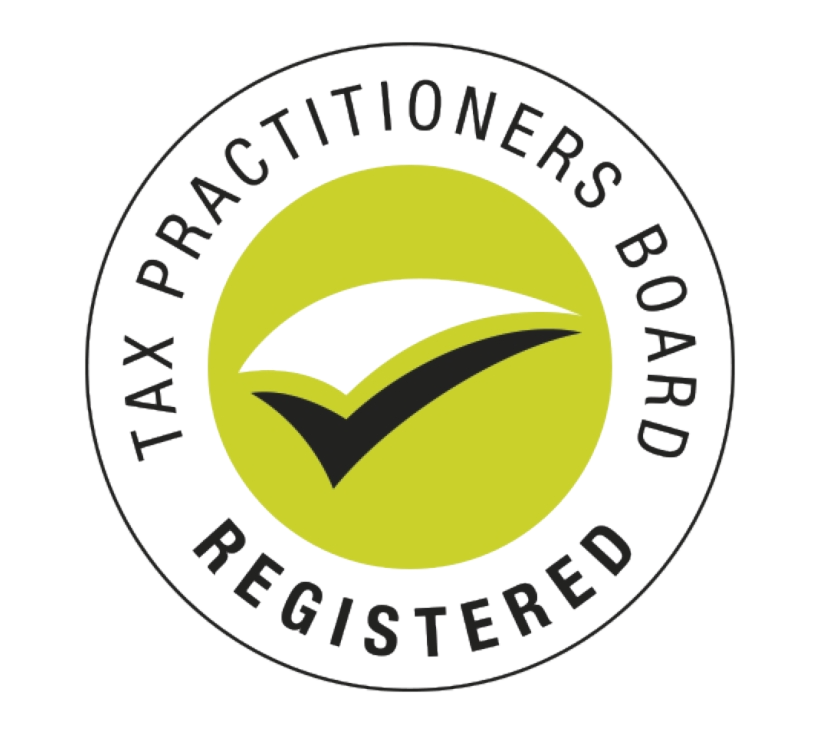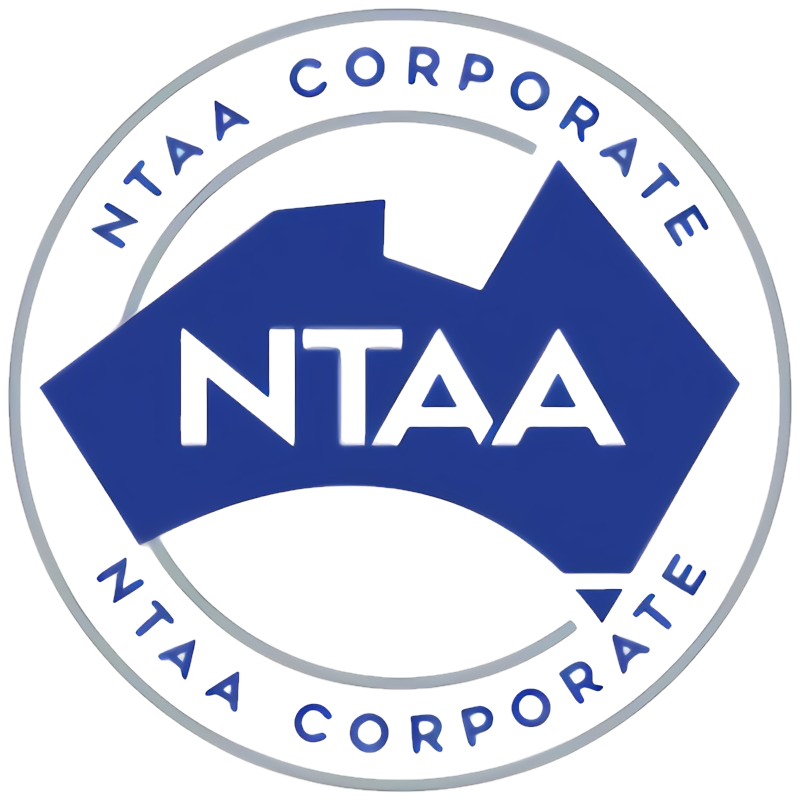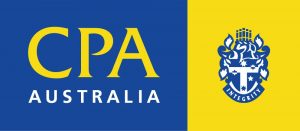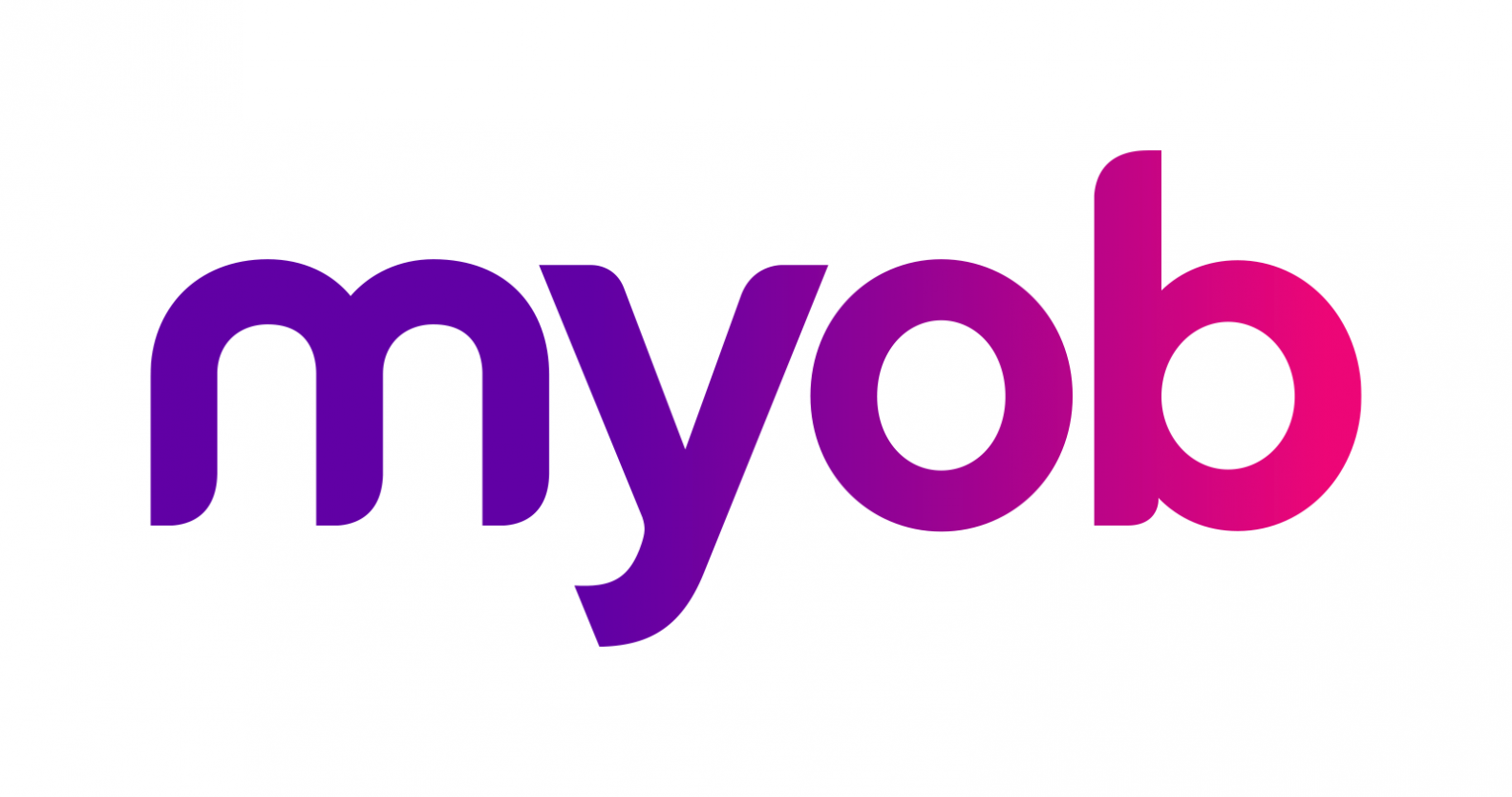Avoid a Tax Time Shock
Individual taxpayers can take the following steps to ensure the correct amount of tax is being set aside throughout the year:
- Let their employer know if they have a study or training support loan (e.g., HECS or HELP debt).
- Check they are only claiming the tax-free threshold from one employer.
- Consider whether the Medicare Levy Surcharge may affect them this financial year (i.e., whether they have appropriate private health insurance).
- Check their income tier for their private health insurance rebate.
- Consider voluntarily entering PAYG instalments and pre-paying tax throughout the year to avoid a large tax bill at tax time for investment or business income.
Editor: If you would like to discuss or implement any of these steps and strategies in more detail, please feel free to contact our office.
Reminder of September Quarter Superannuation Guarantee (‘SG’)
Employers are reminded that employee super contributions for the 1 July 2024 to 30 September 2024 quarter must be received by the relevant super funds by 28 October 2024 to avoid being liable for the SG charge.
myGovID Changing its Name to myID
The digital identity app ‘myGovID’ will soon be changing its name to ‘myID’. While the name is changing, the login and security process remains the same.
Taxpayers who have already set up their myGovID and use it to access government online services will not need to do anything when the app changes to myID. They will still have:
- the same details — there is no need to set up a new myID. Their login details (including email address) and identity strength remain the same;
- continued use — once available their existing app should automatically update to myID or they can manually update it from the APP Store or Google Play; and
- access to services — they can still use the app to securely access government online services.
The new name aims to reduce the confusion between myGovID and myGov.
ATO security safeguards for victims of fraud recently enhanced
Where a taxpayer has been the victim of identity, tax or super fraud, the ATO may apply security safeguards to their account to prevent further harm. This may require the impacted taxpayer to contact the ATO each time they need to access their information and cause inconvenience for the taxpayer as well as their tax agents.
The ATO has recently enhanced processes to improve ongoing access to ATO online services. Impacted taxpayers must contact the ATO for initial access and then set a Strong online access strength.
To set a Strong online access strength, taxpayers need to:
- set up their myGovID to a Strong identity strength using their Australian passport;
- connect their myGovID to their myGov account;
- sign in to myGov with their myGovID; and
- go to ATO online services.
Once set, taxpayers no longer need to contact the ATO every time they access their information.
Impacted taxpayers must continue to use their Strong myGovID whenever they access ATO online services, or account access will be restricted to maintain ongoing protection of client information.
Editor: As noted above, myGovID will soon be changing its name to myID.
Valuing Fund Assets for SMSFs
One of the many responsibilities SMSF trustees have every income year is valuing their fund’s assets at market value.
The market value of an asset is the amount that a willing buyer and seller would agree to in an arm’s-length transaction. These valuations will be used when preparing the fund’s accounts, statements and SMSF annual return (‘SAR’).
Asset valuations will be reviewed by an approved SMSF auditor as part of the annual audit prior to lodgment of the SAR. The auditor will check that assets have been valued correctly and assess and document whether the basis for the valuations is appropriate given the nature of the asset. The auditor is not responsible for valuing fund assets.
Taxpayers should ensure that they have their valuations done before going to the auditor.
It is the responsibility of the SMSF trustee to provide objective and supportable evidence to their auditor for the valuation of the fund’s assets, including all relevant documents requested to prevent delays in auditing the fund. Failure to do so could result in a potential late lodgment of their annual return or a contravention if mistakes have been made.
SMSF trustees should start researching now to find what type of evidence they need to support the valuation as this can take time. For some asset types valuations must be undertaken by a qualified independent valuer.
ATO’s Data-Matching Programs
The ATO will acquire officeholder data from ASIC and other bodies for the 2024 to 2027 income years, including name, address, date of birth, ABN, contact details, organisation details and officeholder details.
The ATO estimates that records relating to more than 11 million individuals will be obtained.
The ATO will acquire property management data from property management software companies for the 2019 to 2026 income years, including property owner identification details, property details, and property transaction details.
The ATO estimates that records relating to approximately 2.3 million individuals will be obbtained each financial year.
The ATO will acquire lifestyle assets data from insurance providers for the 2024 to 2026 income years.
Insurance policy data will be collected for the following classes of assets, where the asset value is equal to or exceeds the nominated thresholds.
| Asset class | Minimum asset value threshold |
| Caravans, motorhomes | $65,000 |
| Motor vehicles | $65,000 |
| Thoroughbred horses | $65,000 |
| Fine art | $100,000 per item |
| Marine vessels | $100,000 |
| Aircraft | $150,000 |
The data items include client identification details (names, addresses, contact details, dates of birth and ABN) and policy details (including total value insured, description and purchase price of the property insured).
The ATO estimates that the total number of policy records obtained will be approximately 650,000 to 800,000 each financial year, and that approximately 250,000 to 350,000 matched records will relate to individuals.
Please note: Many of the comments in this publication are general in nature and anyone intending to apply the information to practical circumstances should seek professional advice to independently verify their interpretation and the information’s applicability to their particular circumstances.









